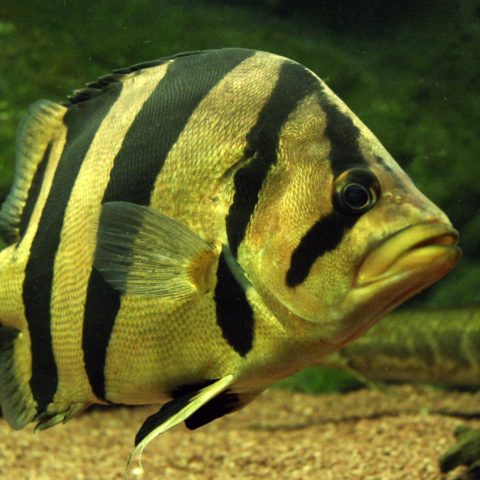Conservation Actions
There is no information on the conservation measures in place for this species. If it is still extant within Lake Poso, research and monitoring of its population is highly recommended alongside education of local people to highlight the importance of this endemic species and invasive species control.Location Information
This species is endemic to Lake Poso in central Sulawesi, Indonesia (Parenti and Soeroto 2004, Parenti 2008). This species was not found in the lake in 2012 (Mokodongan and Yamahira 2015) and surveys in 2017 also failed to recover this species (Kobayasi and Mokodongan pers. obs. 2017). This species is therefore considered to be possibly extinct within the lake.Geographic Range
Possibly Extinct
Indonesia



